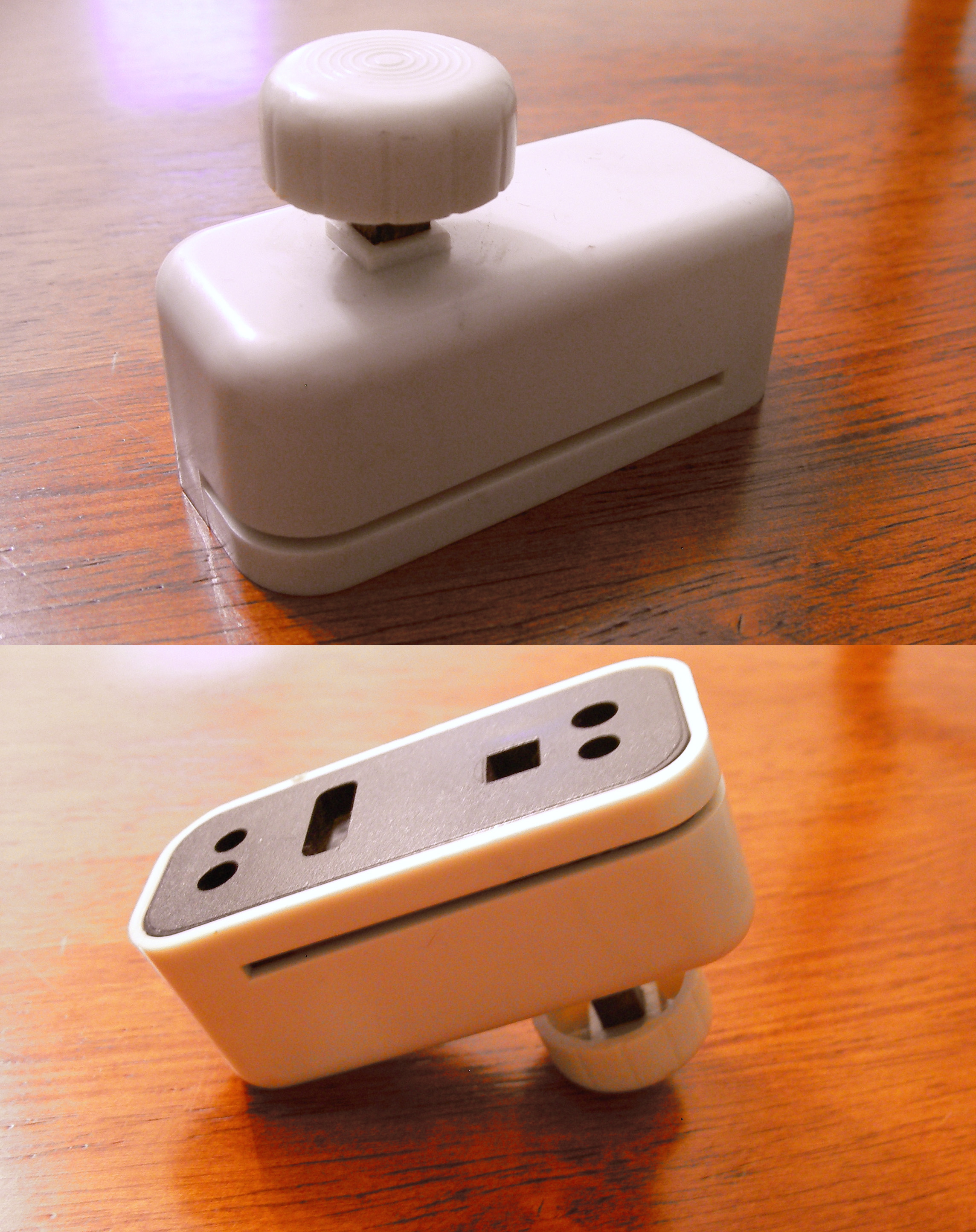Oh gawd... Don't remind me of WFW, Win3.11, and NT "networking". So many jumpers on cards, crazy config files in the correct order, netmask and gateway settings that didn't follow what unix was doing. It was a mess to set up a heterogenous network with unix and windows PC trying to co-exist. And then there was "token ring". Barf.
I think Microsoft was playing "catch up" with the whole ethernet thing back then. And IBM was pushing to make Token Ring the standard, and have Ethernet go away.
I worked in a building that was wired for "USOC" standard RJ45, so the new ethernet cables required an adapter to plug into the building wiring.
Standard EIA /TIA 568 A EIA /TIA 568 B, USOC, RJ45 Pinout Wiring Diagram
(At least that was better than installing "vampire taps" into fat coax Ethernet.)
Certainly true during the Win3.1 days, where the network stack was basically a real-mode set of drivers you had to cram in to memory. And ISA cards and jumpers were indeed a challenge... Although standardizing our 3C509's on IRQ 10 and making sure any internal modems didn't share IRQ's, but were rather on IRQ5 simplified a lot.
And the emerging HW standards wars made things interesting too.... 100Base-T or HP's 100Base-VG "AnyLan"? IPX/SPx pr IP? Microchannel or PCI? VESA LocalBus?
But my point was that NT and WfW made that process significantly easier. Plant your net card on an open IRQ, and load the WfW drivers for the card... no more futzing with HIMEM statements, etc... NT even more so with it's 32 bit model. PCI cards were coming in to play then, and Plug N Play took a big step forward.
Interoperability actually took a huge step forward at that point. Our mid-sized company eventually had:
-NT Server for domain/file/print services using the native IP stack for client connectivity
-NT talking to existing printers using the native DLC stack
-WfW accessing file/print services using native IP stack and Lanman client
-UNIX hosting SAMBA shares for WfW client machines without having to load separate client software
-Mac clients accessing NT shares via NT's Services for AppleTalk
-NT Server mounting AppleTalk printers to share to clients using it's native Mac services and a DayStar digital AppleTalk card (drivers in the box for NT)
-NT & SNA server providing gateway services for WfW clients w/ 3270 terminal software to talk to IBM midranges (System/36 and AS/400)
-NT providing DHCP/WINS for the whole network
-NT providing gateway access to the development Novell network to WfW clients via Services for Netware and it's native IPX stack (no client software needed on workstations)
-NT providing RAS services to global remote offices via WfW built in Dial-up-networking profiles connecting to IBM's X.25 packet network
-NT providing internal company mail via Microsoft mail internally, and then using Post.Office for SMTP internet connectivity
The vast majority of the above was made possible with what NT and WfW brought to the table. Very little third party software was needed. Things were vastly simplified, and the model was a single standardized client & stack, with services and gateways moved to a server where possible. Administration at sigle points on a server rather than at 100's of points on clients.
The company (~170ish employees) took a gamble on me as a 22 yr old kid and let me implement this for them.
Prior to that they had a hodge-podge of separate networks and islands of connectivity: A UNIX cluster for engineers with some workstations and some PC's and an atrocious Sun NFS client. Som PC's had 3270 cards attaching to TwinAx . AppleTalk cards in others to talk to LaserWriters. Real 3270 terminals scattered about. A Novell network island for developers. Mac's strung together with Farallon PhoneNet connectors to talk to AppleTalk printers. PC's that needed to connect to multiple services were a mess.
By the time I was done, there was a standardized client PC configuration that could talk to everything on a single network. And for significantly less $$$ than the consultants who wanted to install a brand new Novell network were gonna charge.
Probably some of the most fun and greatest professional development time in my life. I was largely left to figure it out on my own and loved every minute of it.



